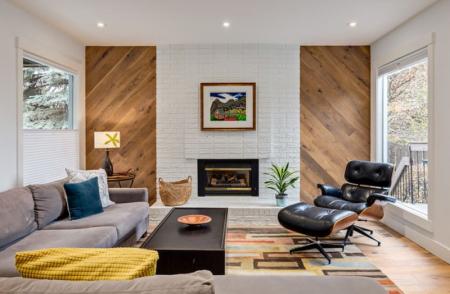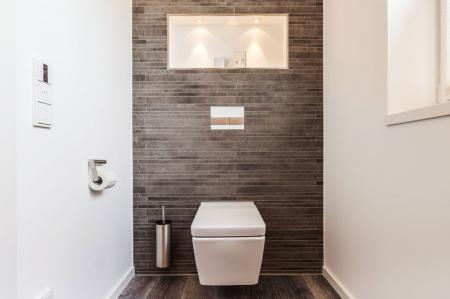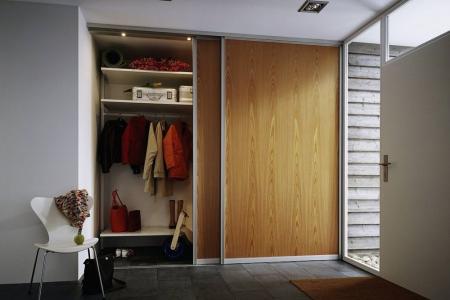
Laminate is the most popular floor covering, which pleases with a combination of performance and decorative properties. It is laid in hallways, living rooms, bedrooms, kitchens and even bathrooms. But in addition to the ideal collection, it is important to choose the right auxiliary materials, and especially the substrate. We will tell you how to do it and what to look for!
What is the backing for?
The underlay for the laminate is an additional layer of resilient insulating material. It solves several problems at once, and the finished floor covering is much better and more durable.
Base leveling
Smooth laminate boards will never lie flat and neatly on a curved floor with defects and height differences. Sometimes minor problem areas remain even after leveling. But the permissible difference for a strong lock connection is no more than 2 mm per meter.
Medium-thickness backing sheets handle this problem well. The main thing is to choose the right material and calculate the thicknesses so that too thick and elastic layer does not bend under furniture and steps.
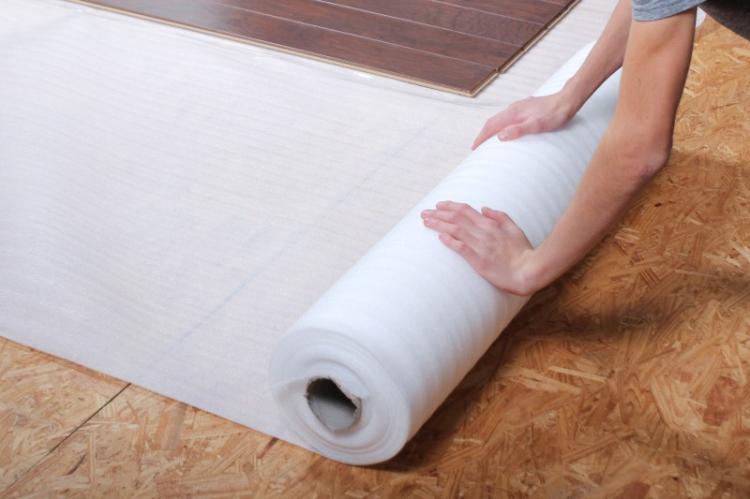
Waterproofing
Even laminates with a moisture-resistant coating and carefully finished seams are sensitive to moisture. Indeed, in essence, it is not even wood, but pressed paper, which deforms and swells much more easily. Surface waterproofing is not enough, because there is always internal moisture from the concrete screed.
The cementitious substrate must dry thoroughly before laying. It takes about a month, but sometimes even this period is not enough. There is a simple verification test: cover the screed overnight with plastic wrap and check in the morning for condensation. But even if everything is in order, you should not risk the durability of the flooring, because a regular substrate is enough.

Noise isolation
In addition to external noise from neighbors below, there is another typical problem of parquet and laminate flooring. If you heard characteristic sounds and creaks when you walk around a room with an old coating, this is it. The wooden base comes into contact with the concrete base and makes small household noises, which only increase with the age of the coating.
A smooth elastic lining completely solves this issue, and practically does not affect the final price of repair. High wear class laminate, designed for higher loads, is often produced immediately with a glued backing.
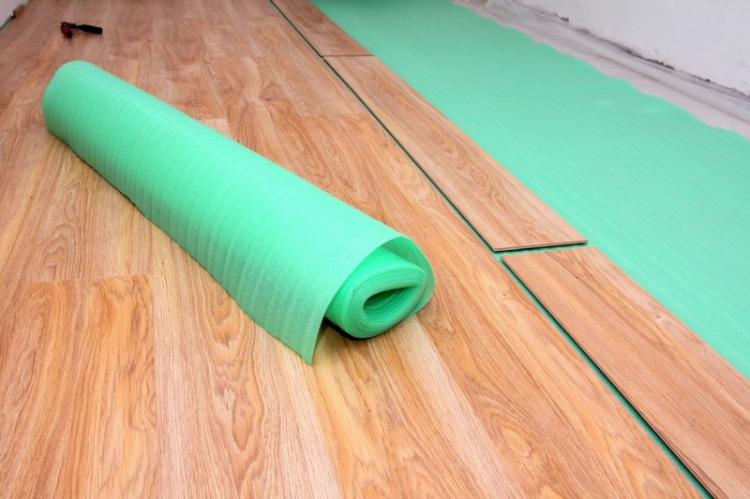
Types and materials
The substrate for the laminate is always selected individually, taking into account the type of substrate, temperature and humidity indicators, the evenness of the floor and the type of laminate. All of them are rolled and sheet, but differ in the material of manufacture.
Polyethylene foam laminate underlay
The material called izolon is the same durable polyethylene foam. This is the cheapest, but not the most practical option, because such a substrate loses its elasticity and shape after a few years. Incorrect storage directly affects the quality and structure of the isolon, although this is not visually visible.
But polyethylene foam has its own advantages: it is moisture resistant, absorbs noise well, is not afraid of chemicals, mold, mildew and pests. There are series with a layer of aluminum foil for additional thermal insulation. You can connect the canvases with ordinary tape, and they smooth out all the irregularities well.

Expanded polystyrene laminate underlay
Extruded polystyrene foam sheets are the second simple and obvious solution. It retained all the advantages of Isolon, but significantly surpassed it in quality and durability. The polystyrene foam backing was even nicknamed foam noise due to its high insulating properties.
The airy porous structure achieved by extrusion ensures minimal thermal conductivity of the material.The coating is quite elastic and tough at the same time, so it is convenient to walk on it, but it does not deform.
But, unlike cork, foam noise does not retain its properties for years: after a few years, its quality begins to decline rapidly. And the second main problem is the fire hazard of the material, which quickly spreads fire and releases dangerous toxic substances when ignited.

Foil laminate underlay
The foil substrate is a two- or three-layer material: polyethylene or polystyrene foam is covered with a layer of foil on one or both sides. Of all the varieties, such a coating has the highest thermal and waterproofing properties.
Foil laminate underlay is good for private houses where it is important to keep warm: the insulation level increases by 25-30%. And at the same time, you can do without a film and a waterproofing membrane, but at the same time you do not worry about condensation, mold and mildew.
Keep in mind that, unlike cork and pine needles, foil does not allow air to pass through well. And at the same time, it is not elastic enough and does not recover if damaged, which is why air voids appear under the coating over time.
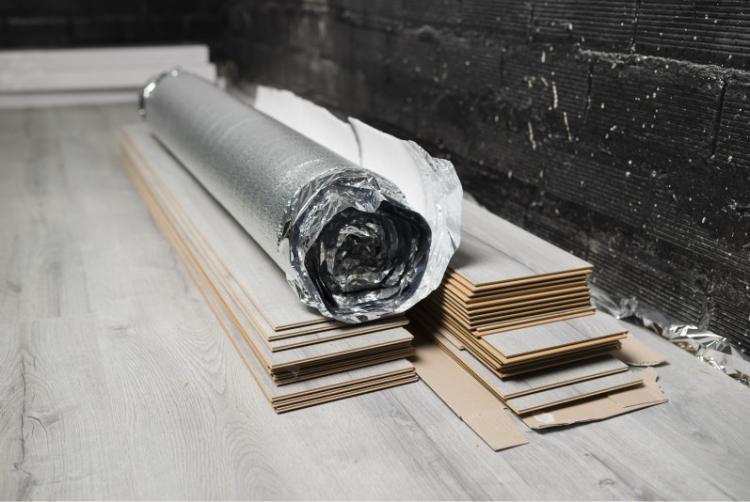
Combined underlays for laminate
Foil backing is not the only option that combines multiple materials at once. There are combined multilayer substrates for a laminate made of polyethylene and expanded polystyrene. The upper layer does not let moisture inside, and the lower one removes condensate, which then flows to the technological gaps.
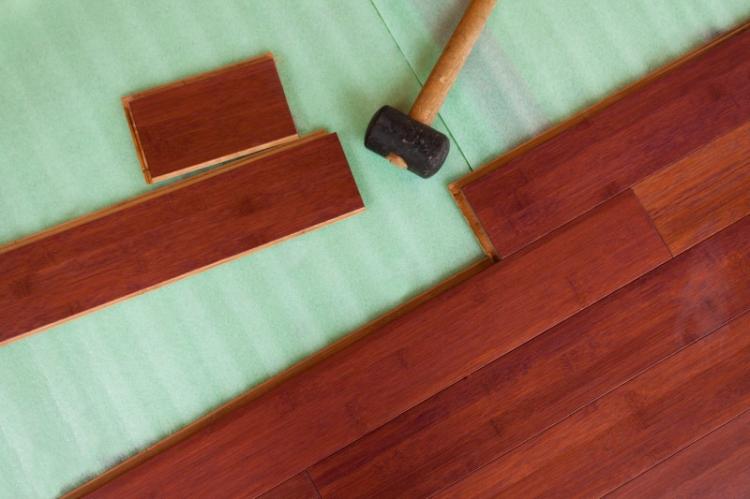
Cork underlay for laminate
Cork sheets are an environmentally friendly and modern material, because nowadays cork is used even for decorative finishing. This is a good healthy solution for a bedroom or children's room, but it costs significantly more than polyethylene.
Depending on the structure of the base, there are cork substrates with bitumen, rubber, crumb, with a self-adhesive layer. The main advantages are elasticity and unique dimensional stability even under high and constant loads. Such a substrate is placed under the floating floor, significantly extending the life of the laminate, and at the same time it is the warmest coating of all.
Among the disadvantages of cork can be noted low resistance to moisture, so it is not suitable for bathrooms and other damp rooms. But it is resistant to fungus and decay, despite its completely natural origin.
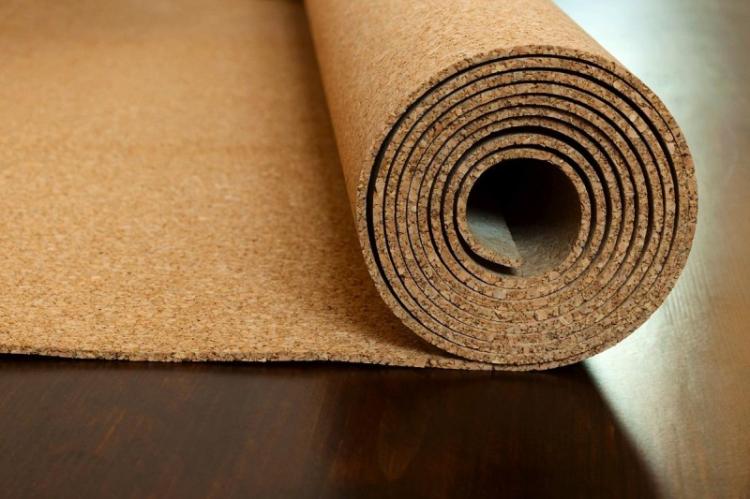
Coniferous underlay for laminate
The coniferous substrate is a new achievement in recent years, so it is expensive and difficult to find. But the quality of the material surpasses even the cork: the natural environmentally friendly coating completely "breathes". Condensation does not accumulate under such a coating, and the entire floor finish lasts much longer.
But the elasticity is higher in the cork, and it also has more variety of options. Coniferous boards are still produced too thick - about 5 mm, and this is not suitable for any laminate.
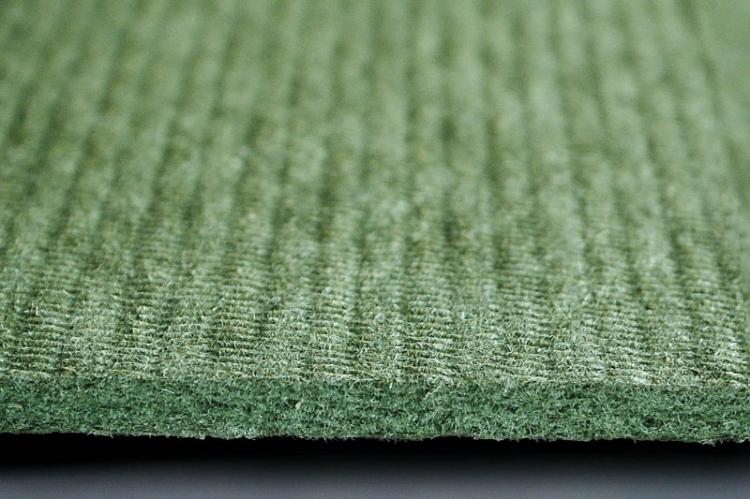
Underfloor heating
If you are planning to arrange a warm floor in an apartment under a laminate, then you need to immediately approach the choice of a substrate differently. Classic materials have low thermal conductivity, so they serve as additional insulation for conventional finishes, but significantly reduce the efficiency of underfloor heating. You will need special thin substrates up to 3 mm thick.
For example, cork, as the warmest coating, is absolutely not suitable for underfloor heating. You will need a material with the highest thermal conductivity. In extreme cases, pay attention to polyethylene without a foil layer, but it is better to use specialized series from manufacturers of floor coverings.

How to calculate thickness?
It is not enough to choose the right substrate material - you also need to calculate its thickness, which varies from 2 to 10 mm. Covering up to 5 mm is considered optimal, but sometimes it is not enough to level the base and effectively insulate.
The material also directly affects the thickness: where 3 mm of cork is enough, 5 mm of polyethylene is needed.Different coatings have different shrinkage and elasticity coefficients - this should not be forgotten. But the thickest substrates up to 10 mm are used for additional sound insulation: for example, in a home studio.

Quantity calculation
The main parameter for calculating the amount of substrate for a laminate is the area of the room in which it is laid. Just do not forget that the sheets are overlapped by about 150-200 mm. The substrate is laid in one layer, otherwise its thickness increases and the quality decreases.
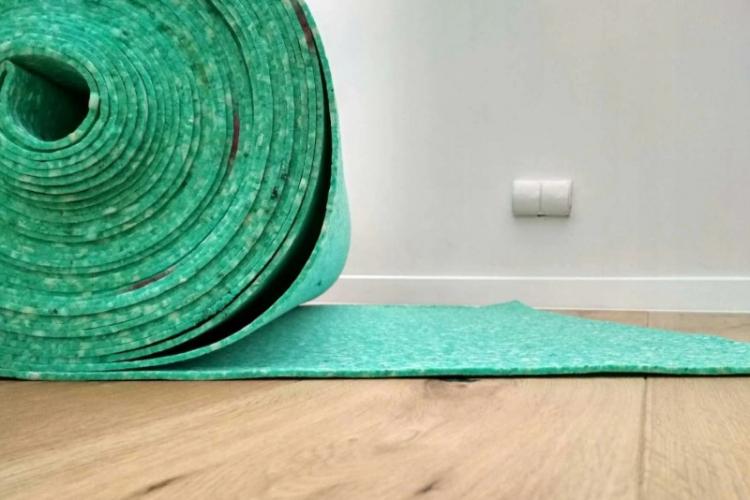
Laying the underlayment under the laminate
Before laying the substrate, be sure to complete all preparatory procedures: leveling, sanding, drying, cleaning. It depends on the type of floor: concrete is primed and covered with a screed, and wood is putty, treated with antiseptics and covered with plywood sheets.
Completely clean the subfloor of dust, dirt and debris so that even the smallest unevenness is not under the subfloor. Cut sheets and slabs using normal building assembly.
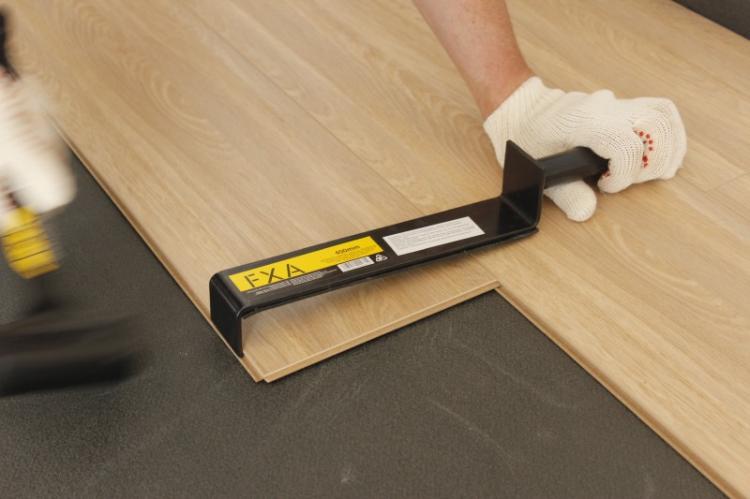
Spread the backing segments diagonally or across the laminate panels. Thus, it will be possible to prevent displacement and deformation of whole floor fragments under loads.
Thick slabs are stacked strictly end-to-end, without overlaps, so as not to create additional irregularities. Glue all the joints with construction tape, and after finishing the installation work, you can immediately proceed to the laminate flooring.


